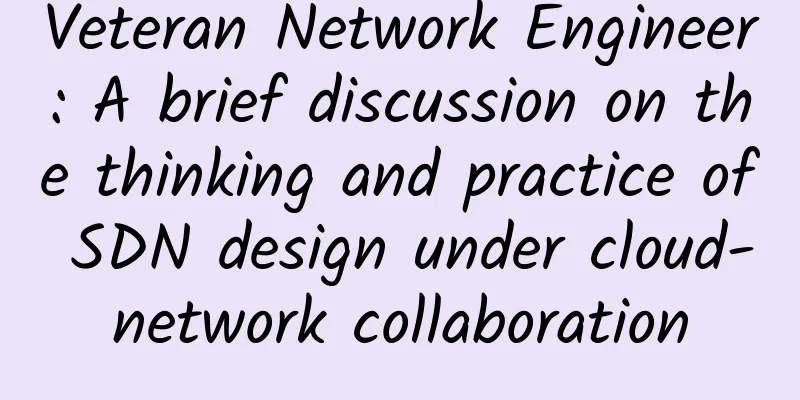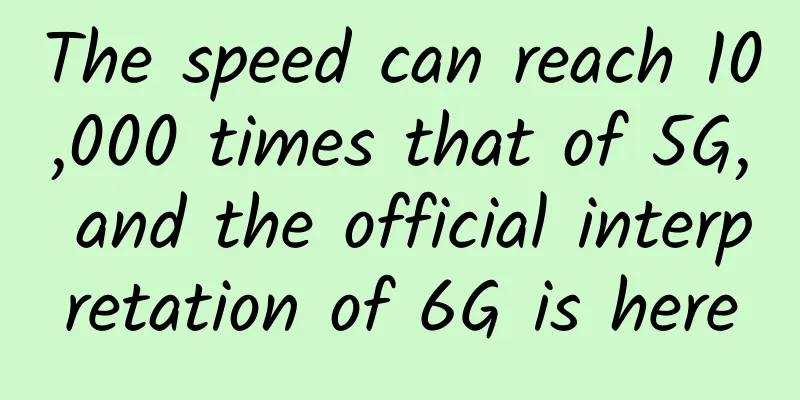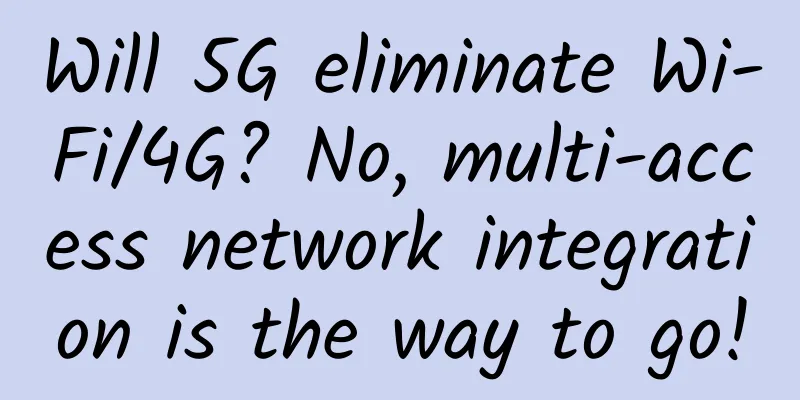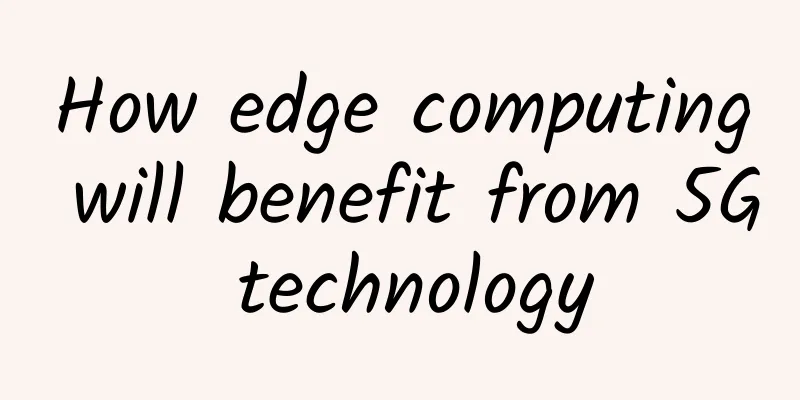How 5G Promotes Smart City Development

|
Global examples of how smart cities are leveraging technology are growing. But with all these innovative applications, potential bottlenecks can slow down operations, undermine the ability of solutions to scale, and hinder the development of smart city ecosystems. Why 5GThe number of active IoT connections in smart cities in the European Union alone is expected to double by 2025, and the global IoT market size for smart cities is expected to grow by 18.8% overall. This ability to connect a range of urban activities, from traffic to energy to waste to collect data to improve services, quality of life and environmental impact, is the intelligence of smart cities. But the only way to realistically support the number of devices and sensors needed to achieve this quality of life and services is through 5G. As an emerging global wireless standard, 5G enables a new type of network designed to connect virtually everyone and everything, including machines, objects and devices, all at exponentially faster speeds than current networks. 4G connects an average of 2,000 devices per square kilometer, while 5G connects 1 million devices per square kilometer. 5G also has faster speeds, lower latency and better reliability. 5G’s higher performance and improved efficiency can enhance user experience and connectivity, which are integral to the smart city vision. It also allows for enhanced end-to-end security, which is critical not only to protecting city infrastructure and operations from cyberattacks, but also to protecting citizens’ personal data and privacy. 5G can transform cities in several key ways. It can:● Enhanced services and infrastructure for citizens: Aging infrastructure needs to be rebooted, and adding connectivity to services can enable them to run at a lower cost, increase efficiency, and be tailored to citizens’ needs. ● Improve operations and increase safety: Government-operated outlets such as ports and warehouses are adopting Industry 4.0 use cases, and 5G allows them to improve operations and safety. ● Bridging the digital divide: Ubiquitous connectivity is becoming a utility, and many citizens lack the necessary access. Without adequate connectivity, they cannot conduct activities such as remote learning, medical treatment, and working from home. Governments are already driving productivity and efficiency gains at lower costs through 5G innovations. Cities are leveraging 5G and edge computing for functions such as crowd control and infrastructure monitoring. 5G standalone architecture can also connect transportation from tugboats to trains. Cities can integrate real-time asset tracking and autonomous robots that can virtually verify and inspect inventory and supplies. How 5G Promotes Smart City DevelopmentDigital investment is likely to be one of the top priorities for governments over the next three years, with 70% of respondents expecting a shift towards digital infrastructure investment as a push towards smart cities, according to a survey of more than 600 government officials and infrastructure executives around the world. But smart city transformation can be a daunting task, and the right 5G infrastructure will be key to success. That said, 5G strategy should not be developed in a vacuum, but as an integral part of smart city planning. Some steps cities can take to guide their 5G strategies include:● Ideate and prioritize: Leverage smart city initiatives to select areas that need to be improved through 5G, idealize, identify, and prioritize top opportunities. This could include smart transportation systems, healthcare and medical transportation, or security, among others. ● Develop business case: Develop the operational benefits of 5G and its associated business case value proposition, including improved customer/citizen experience, more efficient services, and lower energy consumption. ● Design technical and security requirements: Define and design the technical solution architecture and requirements for 5G opportunities as part of a larger smart city architecture, taking into account deployment strategies and application needs. ● Build and evaluate: Start with a pilot that can be monitored and evaluated against the business use case, then refined and rolled out at a larger scale. Cities should also identify and leverage best practices and develop a roadmap and implementation plan, including timelines and accountability to stay on track. ● Operation and maintenance: Define overall governance, operating models and processes to ensure the sustainability of 5G. This includes securing and determining when and where funding is committed, and establishing appropriate controls to reduce fraud, waste and abuse. The role of citiesThe public sector and smart cities have a unique role to play in realizing the potential of 5G, taking the lead on 5G regulation, data privacy and ethics, inclusion and funding. Cities are driving much of the innovation and real testing in technology and 5G applications. They not only provide opportunities for the private sector to expand its efforts, but often provide funding to do so. By building these ecosystems, smart cities pave the way for sustainable solutions across the urban landscape, and 5G can take smart cities to the next level. |
<<: What is DHCP Option 43? Have you learned it?
>>: Bonree ONE 2.0: Fully launching the full-link observability journey
Recommend
10 common data center operation and maintenance errors that can cause panic
Some common sense mistakes can reduce the data ce...
Goodbye, 2G/3G is retiring
With the advent of the 5G era, there have been a ...
The development of 4G proves that there is no need to wait for 5G to mature before commercial deployment
It is too early for China Mobile to advance its 5...
Major upgrade! AsiaInfo Security releases the high-performance AE 40G antivirus software, creating the first level of border protection
At 2 pm on April 17, AsiaInfo Security's AE V...
15% off on KVMLA dedicated servers, starting from 765 yuan per month for Japan/Singapore servers, top up 500 yuan and get 100 yuan free
In addition to the VPS hosting discount, KVMLA al...
China's commercial Wi-Fi market size exceeds 4.1 billion yuan, analysis of the three major development trends of the industry
Commercial Wi-Fi is a wireless Internet service p...
5G is a hot topic, but 4G module application data is still rising
According to the latest data released by the Mini...
Technical Life Part 5-A brief discussion on how to become the number one technician?
Preface Most people have their own fixed thinking...
Five major events in global 5G communication technology and deployment in the past two weeks
5G communication has become a technology that man...
A brief discussion on the integrated development of data centers
In the tide of information and communication tech...
Building the Implementation Path of Bank 4.0 with Innovative Networks——See You at the 2020 Huawei Financial Network Innovation Summit
To preserve and increase the value of wealth is a...
How to distinguish network cables? Eight steps to teach you how to choose network cables
Many people don't know how to distinguish net...
Knowledge Popularization | 7 Deployment Solutions for 5G Private Networks
[[315546]] What is 5G private network? 5G private...
MoonVM: Hong Kong high-bandwidth VPS monthly payment starting from $10.8, 1GB memory/10G SSD/5TB monthly traffic
The tribe once shared information about MoonVM in...






![[New Year's Day] DogYun Elastic Cloud 30% off/Classic Cloud 20% off 16 yuan/month, top up 100 yuan and get 10 yuan free, independent server 200 yuan/month](/upload/images/67cabc7d94941.webp)


